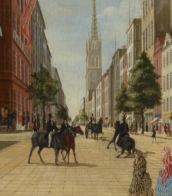impressions, graphiques, livres
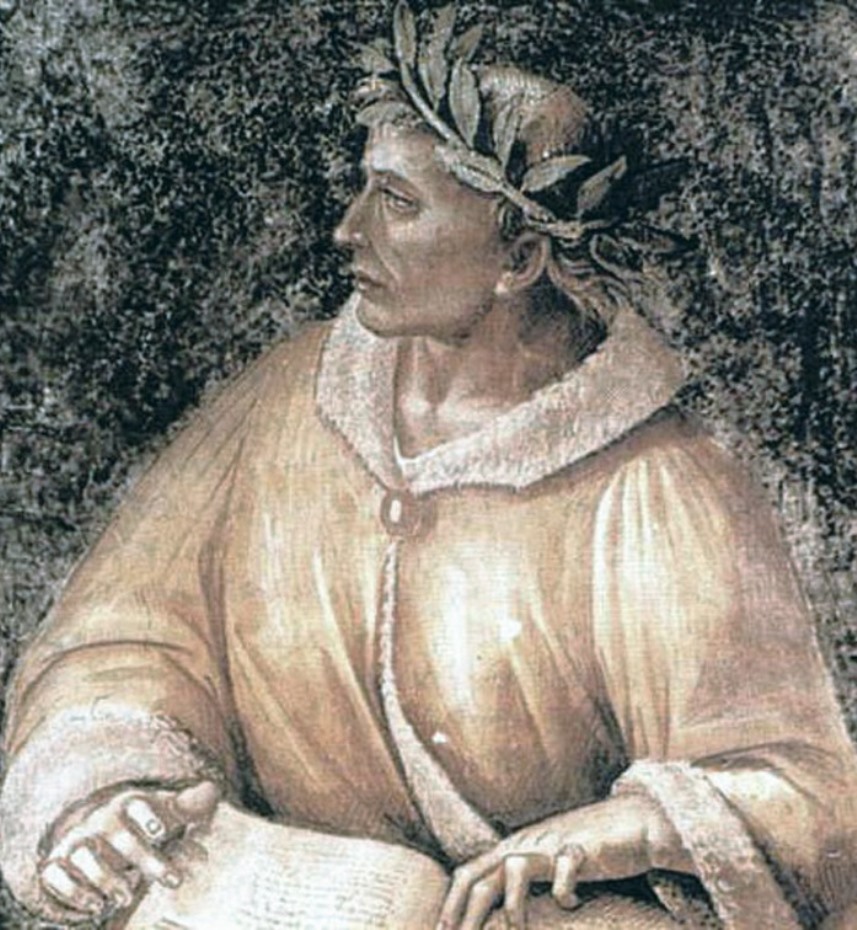
Publius Ovidius Naso, known as Ovidius (Ovid), was an ancient Roman poet who lived during the reign of Emperor Augustus.
Most of the information about the life and work of Ovid, scholars have drawn from his own works, as well as from the works of Seneca the Elder and Marcus Fabius Quintilianus. Ovid was from a fairly high class of "horsemen", studied rhetoric at the maestros of oratory of the ancient Roman Empire, and then went traveling, visiting Athens, Asia Minor and Sicily. As a young man, Ovid held minor public offices, was a member of the college of civil affairs, and served in an office that performed spiritual and secular duties at the state level.
However, Ovid was much more attracted to poetry, and he resigned and about 29-25 BC joined the circle of those chosen under the patronage of Marcus Valerius Messala Corvinus. After publishing Amores, a collection of love-erotic lyrics, around 15-16 BC, Ovid became one of Rome's most popular poets. He became famous for his works in the genre of elegy, as well as for his epic poem Metamorphoses (8 AD), which became one of the most important sources in the study of classical mythology.
For reasons unknown to us, in 8 A.D. Ovid was disgraced and exiled for the rest of his life to Tomes on the Black Sea, where he wrote his "Mournful Elegies" and a poem cycle entitled "Letters from Pontus". A contemporary of Virgil and Horace, Ovid was one of the three canonical representatives of Latin literature.

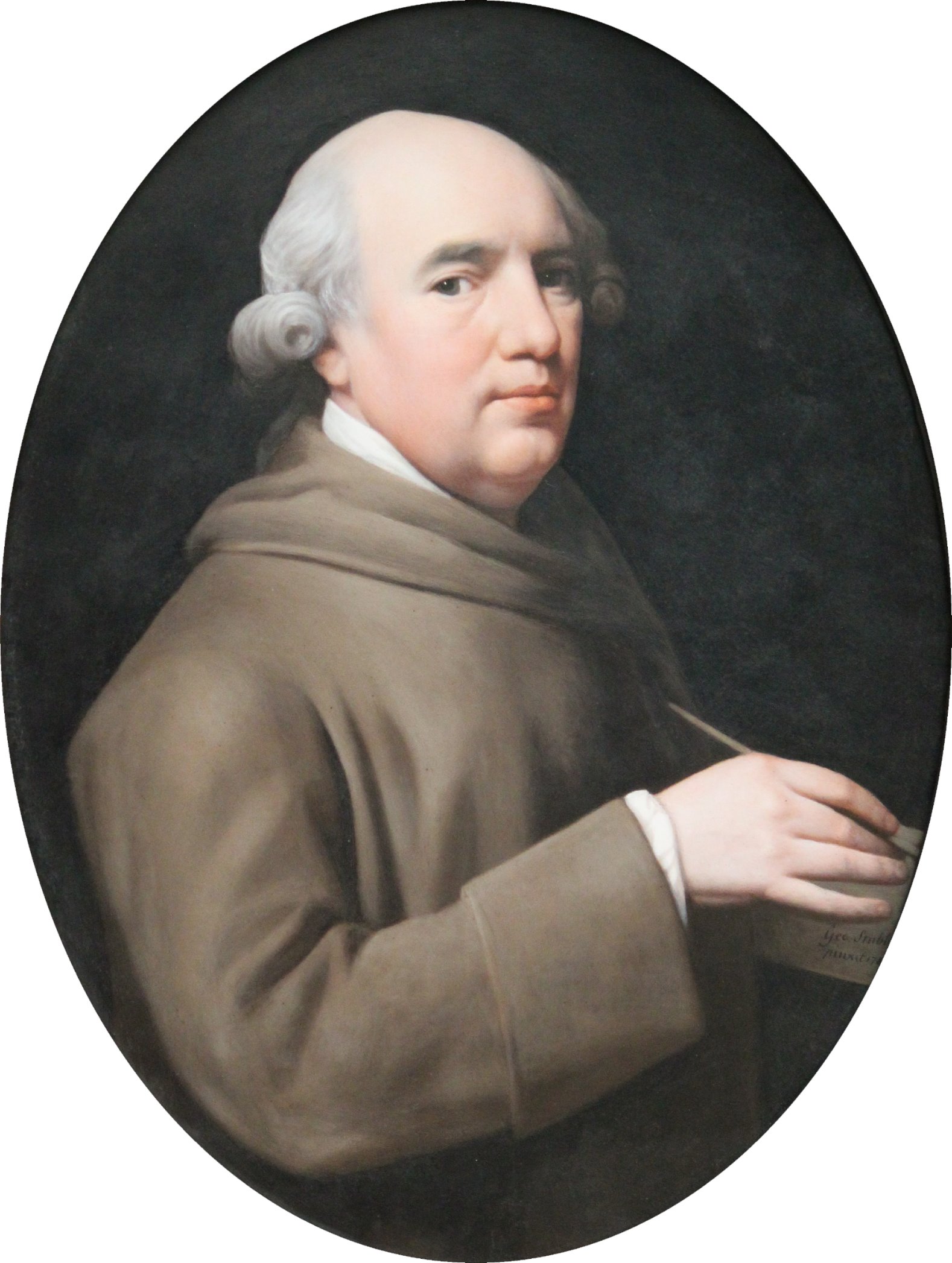
George Stubbs was an English painter, best known for his paintings of horses. Self-trained, Stubbs learnt his skills independently from other great artists of the 18th century such as Reynolds or Gainsborough. Stubbs' output includes history paintings, but his greatest skill was in painting animals, perhaps influenced by his love and study of anatomy. His series of paintings on the theme of a lion attacking a horse are early and significant examples of the Romantic movement that emerged in the late 18th century. His painting, Whistlejacket hangs in the National Gallery, London.



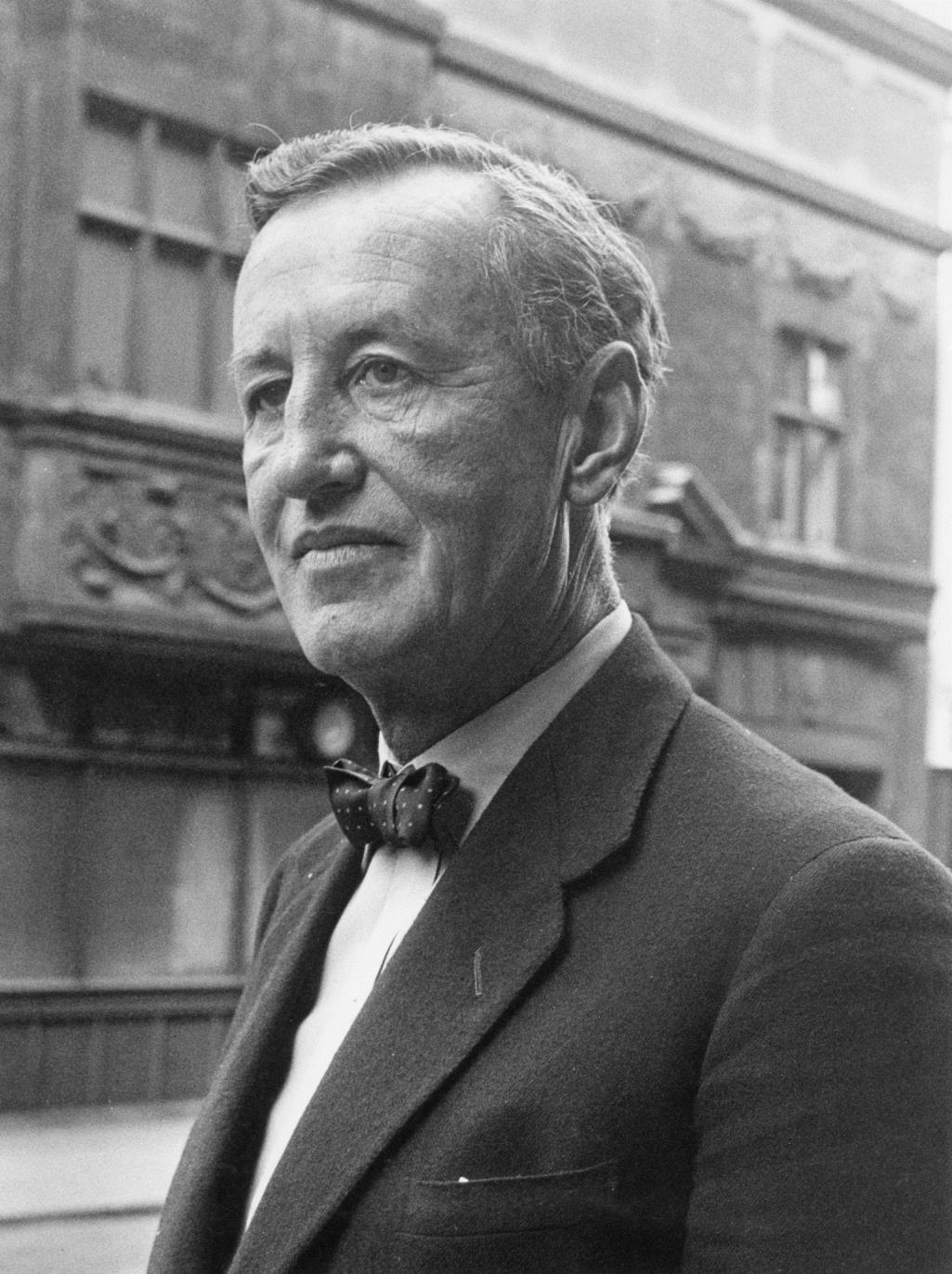


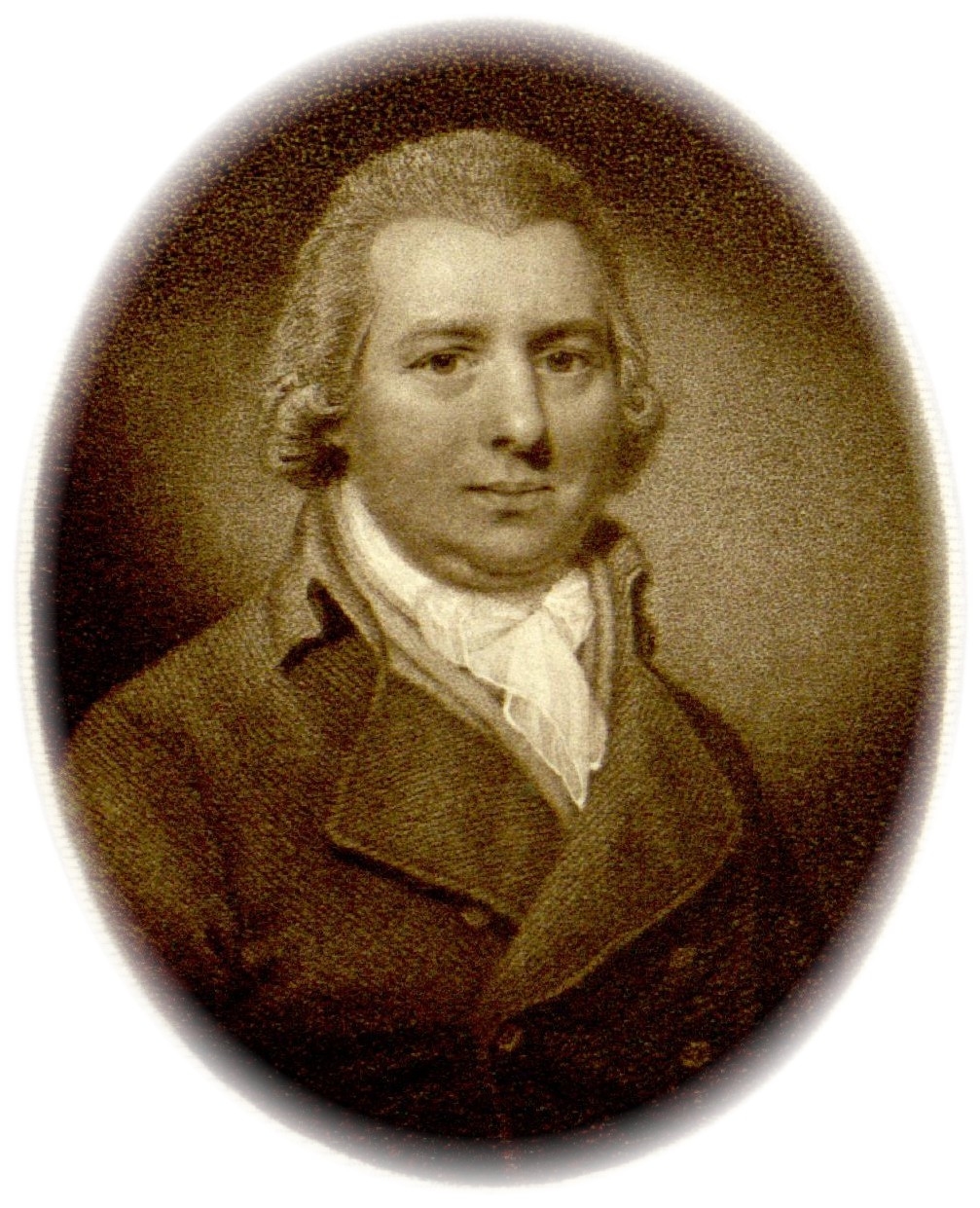
William Curtis was a British botanist and entomologist, editor of the oldest botanical publication in Great Britain.
Curtis became interested in natural history in his youth, and at the age of 25 had already published "Instructions for the Collection and Preservation of Insects", particularly butterflies. In 1779 he founded his own London botanical garden at Lambeth and published Flora Londinensis (1777-1798), a 6-volume work on urban nature.
In 1787 Curtis began publishing the later popular Botanical Magazine, which also featured hand-colored plates by artists. This magazine has changed its name several times over time, but is still continued by the Royal Botanic Gardens, Kew, as a publication for those interested in horticulture, ecology or botanical illustration. Interestingly, the magazine was entirely hand-colored until 1948.

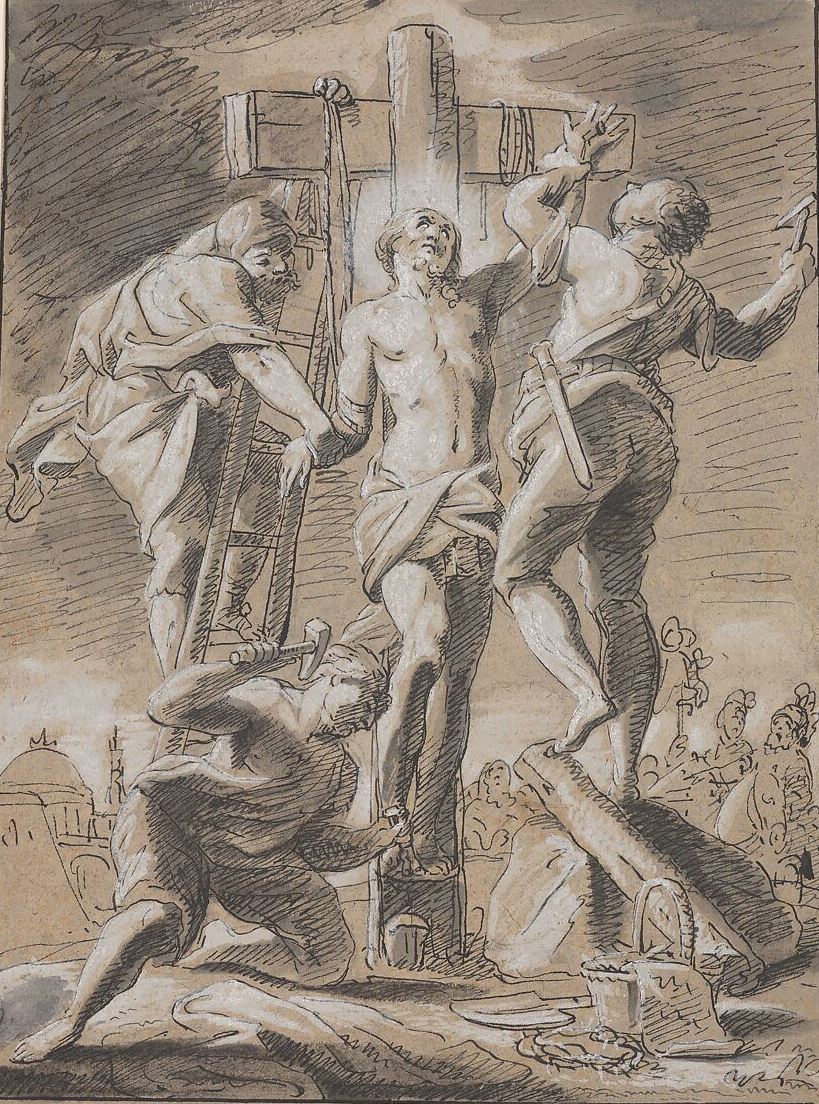
Paul Decker the Younger was a German painter and engraver.
He created engravings of biblical subjects, architectural landscapes and battle scenes.

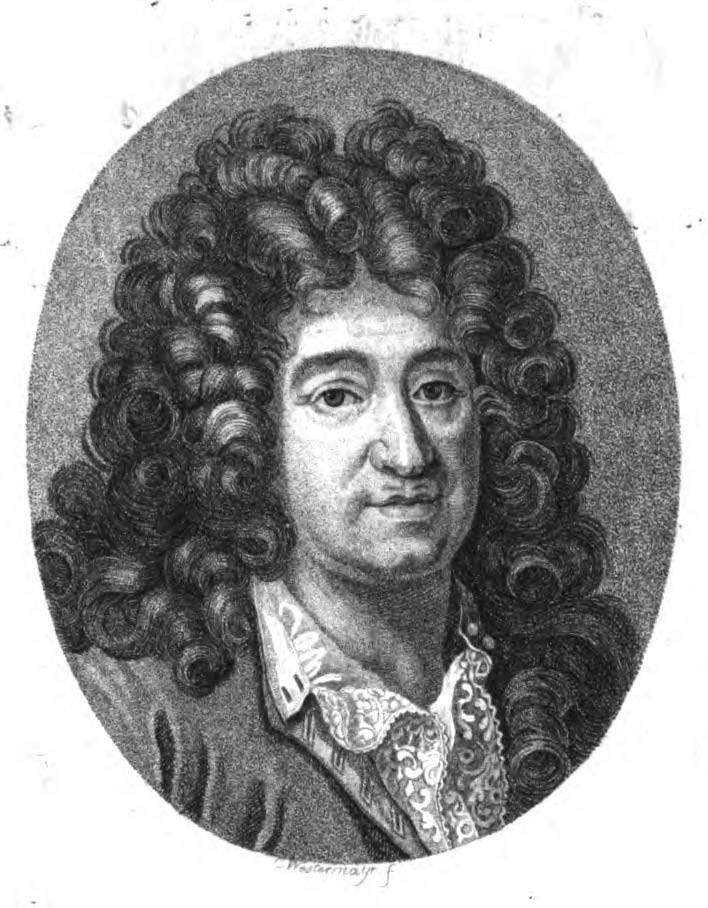
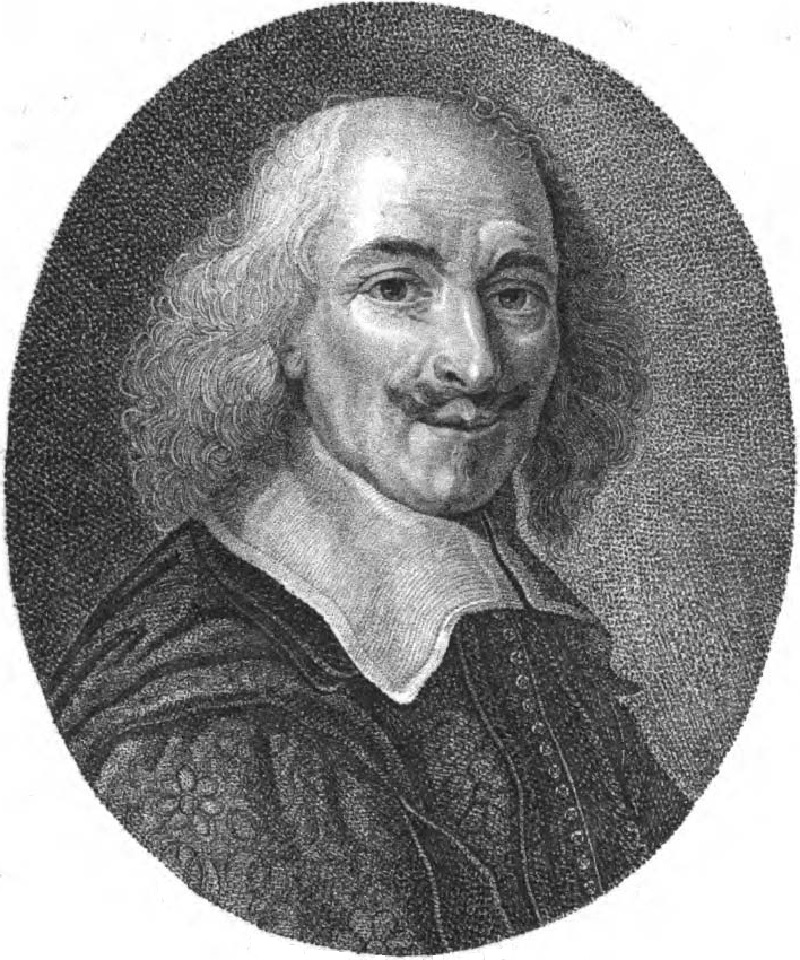
Nicolas Sanson the Elder (Nicolas Sanson d’Abbeville) was a French cartographer who served under two kings in matters of geography. He has been called the "father of French cartography." He gave lessons in geography both to Louis XIII and to Louis XIV. Active from 1627, Sanson issued his first map of importance, the "Postes de France". After publishing several general atlases himself he became the associate of Pierre Mariette, a publisher of prints. He died in Paris on 7 July 1667. Two younger sons succeeded him as geographers to the king. Sanson's maps were used as a model by his son, Guillaume, and, at least initially, by Duval, his nephew, in his 1664 folio map and 1660 atlas minor map. In 1692 Hubert Jaillot collected Sanson's maps in an Atlas nouveau.

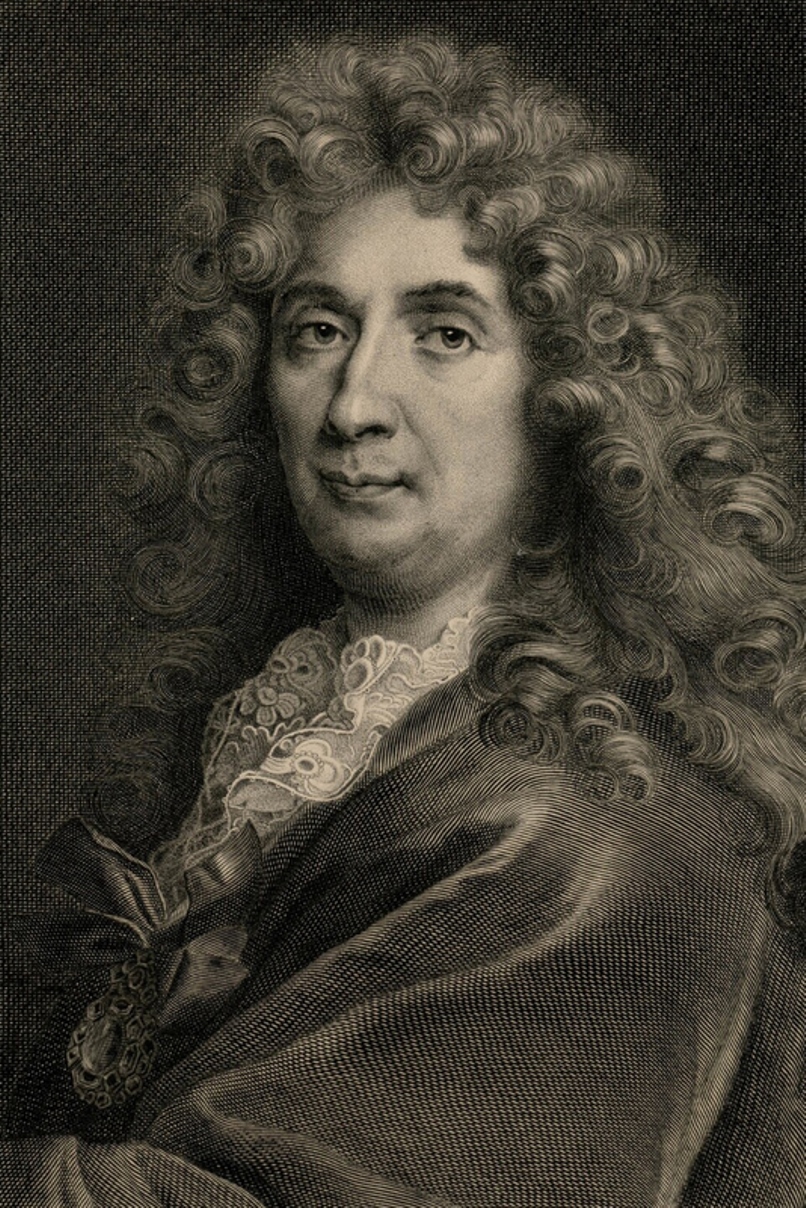
Charles Le Brun was a French painter, draftsman and chief decorator of the Palace of Versailles.
Charles came from an educated and respected family, trained in painting in Italy and very soon his talents were appreciated in the highest circles of France. In 1660 Le Brun painted "The Family of Darius before Alexander", which brought him the reputation of a brilliant French painter, and in 1664 he received the position of the first painter of the king. Thereafter he received more and more commissions and more honors.
From 1662 Le Brun controlled all the artistic projects of the royal court. In the Palace of Versailles, Lebrun created beautiful decorations: the Ambassadors' Staircase, the Hall of Mirrors, the Peace Room and the War Room. In each of his designs, he emphasized the king's achievements. He was also responsible for the decoration of the State Apartments, which was entrusted to the greatest artists of the time, who worked from his drawings. Le Brun also designed most of the statues in the park at Versailles. This enormous work cemented his reputation as a true seventeenth-century genius, as well as one of the founders, ideologues, and chief representatives of the classicist "grand style" of King Louis XIV's era.
In 1648 Le Brun became a founding member of the Royal Academy of Painting and Sculpture, and in 1663 - the manager of the Manufacture of tapestries.
Charles Le Brun was not only the creator of the "grand style", but also contributed to the rebirth of classicism into academism.


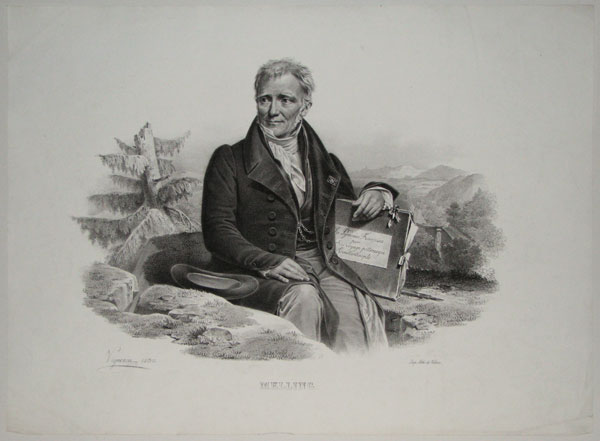


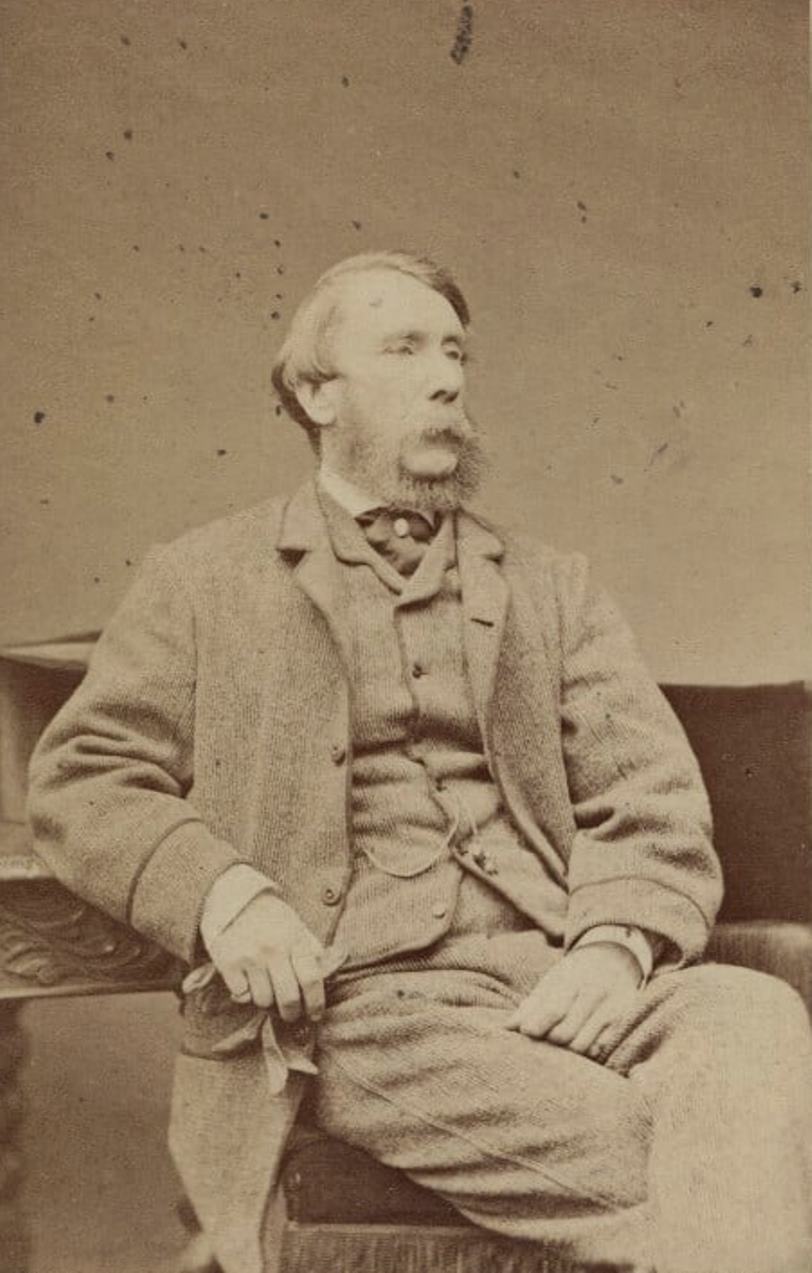
Joseph Nash the Elder was a British watercolor painter and lithographer.
Nash was a member of the Society of Watercolor Painters and exhibited there extensively with his paintings. He specialized in historic buildings and palaces and produced several lithographed albums, the most important of which was the monumental work The Mansions of England in Old Times (1839-49). This four-volume book was very popular with his contemporaries; lithographs from it were printed in newspapers, all of which encouraged the public to visit museums and historical sites more.
In 1846 Joseph Nash lithographed David Wilkie's Oriental Sketches, and in 1848 a series of views of Windsor Castle based on his own drawings.
His only son, Joseph Nash, Jr. was a marine painter and a member of the Royal Institute of Watercolor Painters.

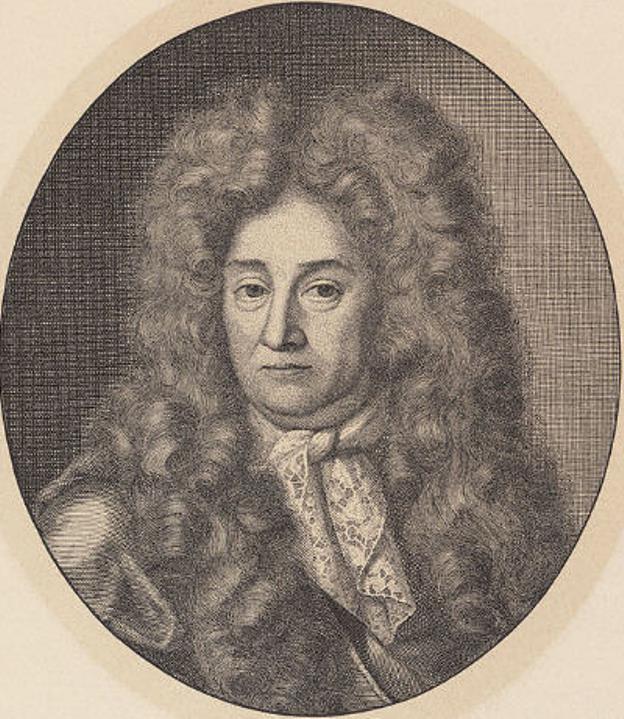

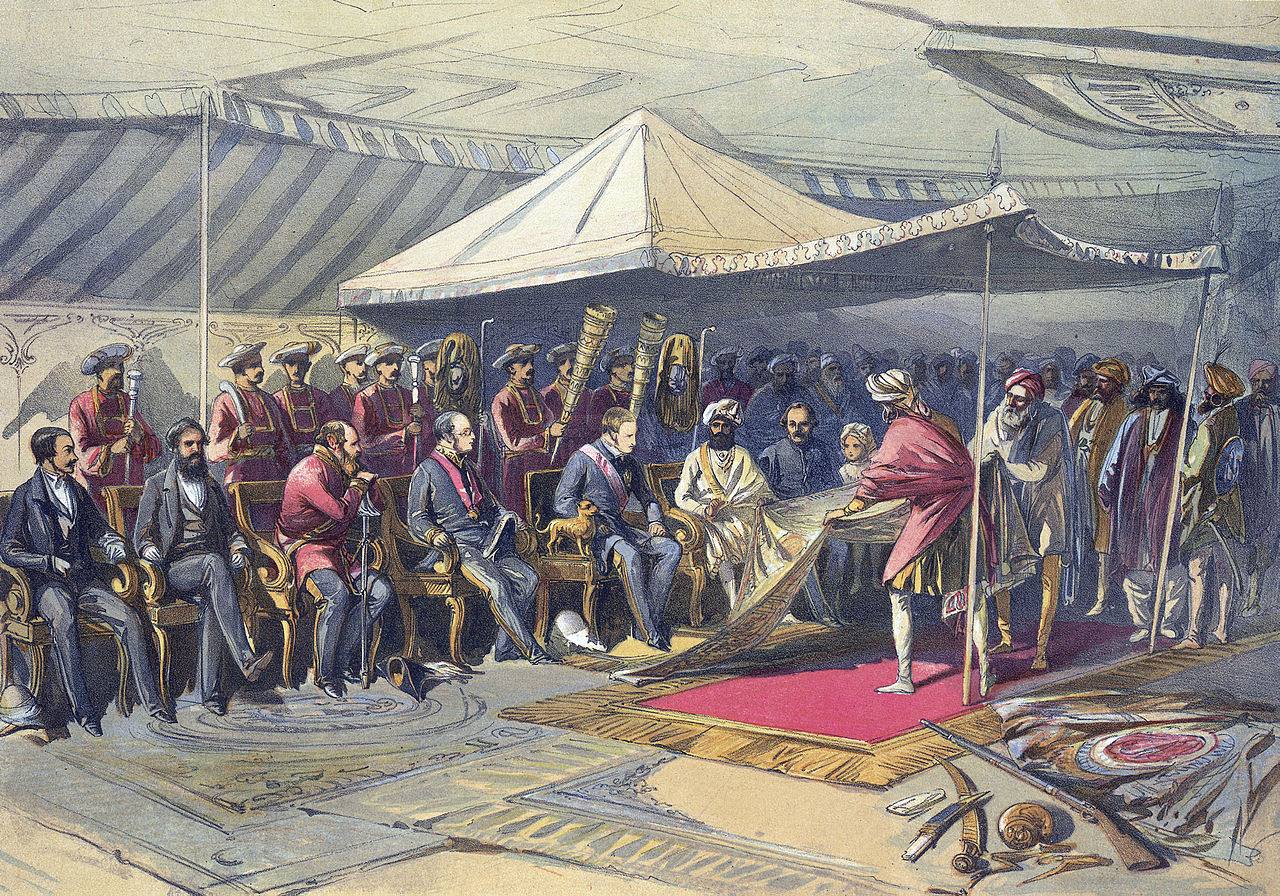

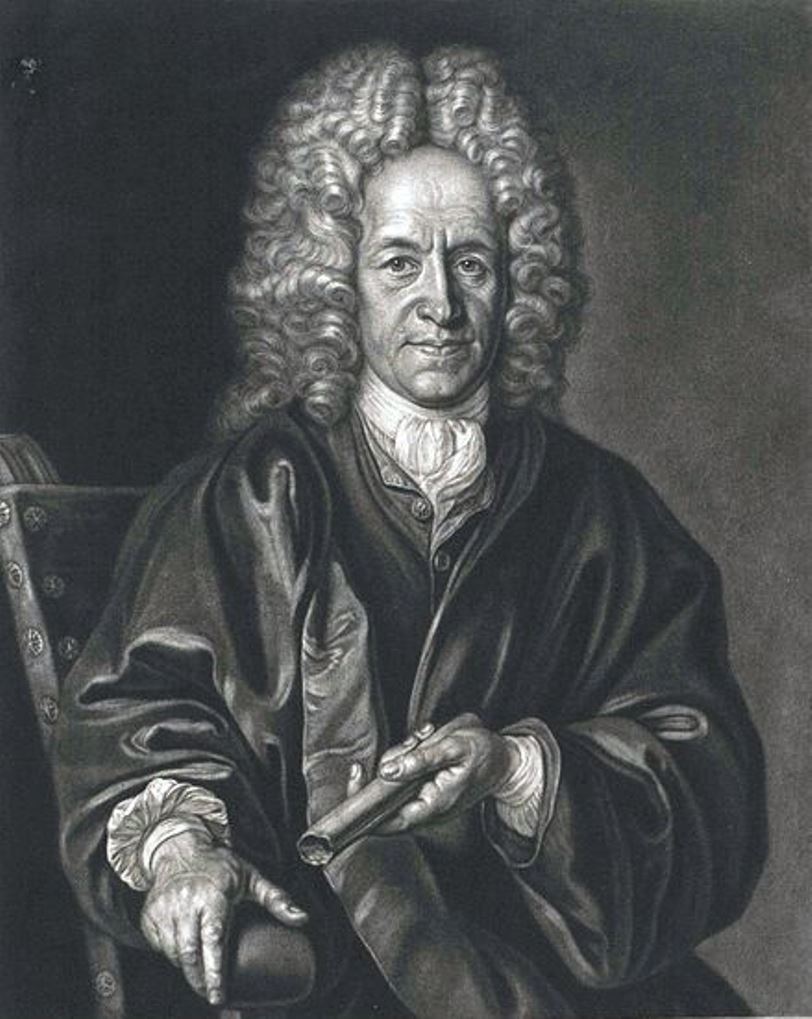
Christoph Weigel the Elder, full name Johann Christoph Weigel, was a German painter, engraver and publisher.
Weigel worked very successfully in the mezzotint technique. He was the first engraver to use a kind of machine for making backgrounds. He established his own printing house in Nuremberg in 1698, and worked closely with the imperial geographer and cartographer Johann Baptist Homann (1664-1724) to produce his maps. His younger brother Johann Christoph Weigel kept an art trade store in Nuremberg around the same time, and also quite successfully.
One of Weigel's most important works is the Ständebuch (Book of Classes) of 1698, which describes and illustrates with engravings more than two hundred trades and services, including mining.







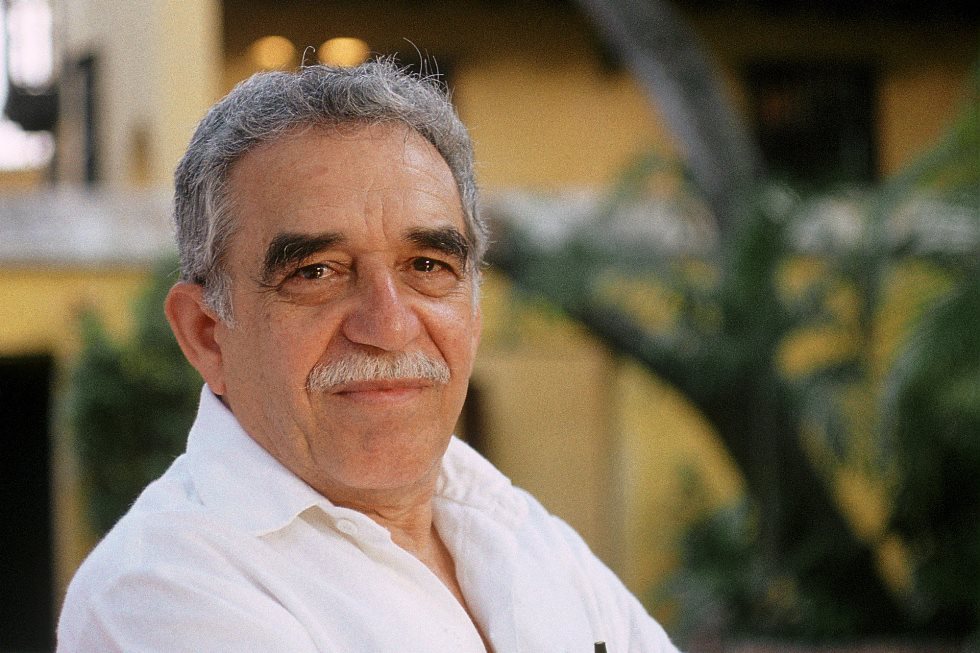



Henri Matisse, a renowned French visual artist, was celebrated for his vibrant use of color and fluid, original draughtsmanship. Born on December 31, 1869, in Le Cateau-Cambrésis, France, Matisse initially pursued a career in law before turning to art. He first began painting in 1889, a change inspired by convalescence art supplies his mother provided. This marked the beginning of a journey that would see him become a leading figure in modern art.
Matisse's career is notable for its stylistic evolution yet consistent aim to capture the "essential character of things." His early works, characterized by intense colorism, earned him recognition as one of the Fauves, or "wild beasts." The period from 1908 to 1913 was marked by significant developments, with works like "Reclining Odalisque" and "The Red Studio" showcasing his mastery in balance and serenity. In the 1920s, his style evolved to more relaxed forms, with a focus on light, color, and decorative patterns in paintings like his odalisque series.
Matisse's exploration of various mediums, including sculpture and paper collage, reflects his innovative spirit. His later years were dominated by cut paper collages, as health challenges limited his ability to paint. These works, alongside his bold drawings and sculptures, cemented his status as a pioneer in visual art.
For collectors and art experts, Matisse's work remains a testament to creative evolution and expressive use of color and form. His masterpieces can be found in prominent museums and galleries worldwide, continuing to inspire and fascinate art enthusiasts.
To stay updated on new product sales and auction events related to Henri Matisse's art, sign up for our updates. This subscription will keep you informed about opportunities to appreciate and acquire works connected to this iconic artist.





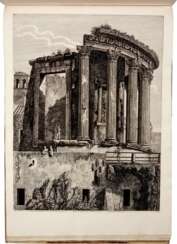

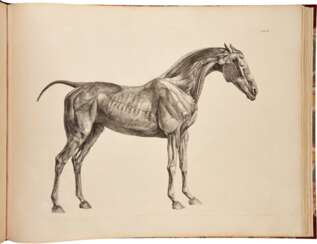

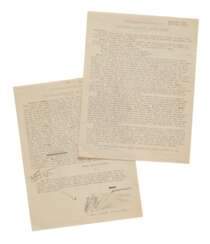

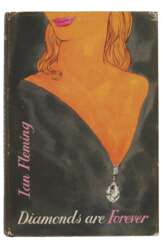

![Bible, German | [Weimar Elector’s Bible], 1768, finely bound by Johann Georg Dachau](/assets/image/picture_3530780/76ab9/nvwdvs4jdjiwgyrzawmys1hf-bfbodud9bfclkbyoclb1qikahsbn9dr7iivta6o1698927154jpg__fix_374_244.jpeg)
![Bible, German | [Weimar Elector’s Bible], 1768, finely bound by Johann Georg Dachau](https://veryimportantlot.com/assets/image/picture_3530780/76ab9/nvwdvs4jdjiwgyrzawmys1hf-bfbodud9bfclkbyoclb1qikahsbn9dr7iivta6o1698927154jpg__fix_374_244.jpeg)
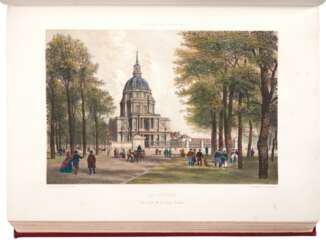



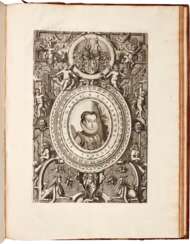

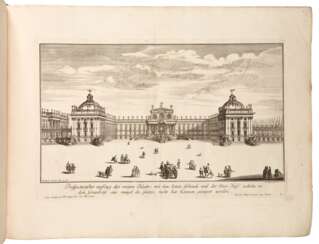

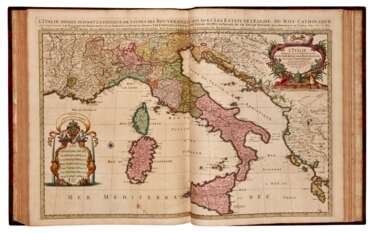

![Charles Le Brun | Grand escalier du chateau de Versailles. Paris, [1725], from the library of the Duchesse de Berry](/assets/image/picture_3553008/ec9f0/uetj65gqqo2ruc9jwwadbwuz3io4pimo93nkrxgxopcbddyau3e7vp6zhjxxem1699092113jpg__fix_374_244.jpeg)
![Charles Le Brun | Grand escalier du chateau de Versailles. Paris, [1725], from the library of the Duchesse de Berry](https://veryimportantlot.com/assets/image/picture_3553008/ec9f0/uetj65gqqo2ruc9jwwadbwuz3io4pimo93nkrxgxopcbddyau3e7vp6zhjxxem1699092113jpg__fix_374_244.jpeg)
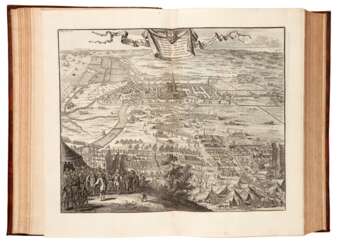

![Low Countries | Le grand théâtre profane du duché de Brabant [bound uniformly with] Le grand théâtre sacré du duché de Brabant, The Hague, 1730, 1734](/assets/image/picture_3553024/e511c/3pxzidpqncdewbfvj6izl9ztdbwxrlcszxo02ukckkfm1ip-iuwlupupyz-plx-1699092718jpg__fix_374_244.jpeg)
![Low Countries | Le grand théâtre profane du duché de Brabant [bound uniformly with] Le grand théâtre sacré du duché de Brabant, The Hague, 1730, 1734](https://veryimportantlot.com/assets/image/picture_3553024/e511c/3pxzidpqncdewbfvj6izl9ztdbwxrlcszxo02ukckkfm1ip-iuwlupupyz-plx-1699092718jpg__fix_374_244.jpeg)


![Joseph Moore | Eighteen views taken at & near Rangoon [with] Frederick Marryat. Six plates illustrative of the combined operations in the Birman Empire. London, [1825]–1826](/assets/image/picture_3553036/73b36/ogkz7ej7pmjb0dxzilgka9asopsy-briouw0kk1ebedk85uervj4n3chgn4c4le1699093504jpg__fix_374_244.jpeg)
![Joseph Moore | Eighteen views taken at & near Rangoon [with] Frederick Marryat. Six plates illustrative of the combined operations in the Birman Empire. London, [1825]–1826](https://veryimportantlot.com/assets/image/picture_3553036/73b36/ogkz7ej7pmjb0dxzilgka9asopsy-briouw0kk1ebedk85uervj4n3chgn4c4le1699093504jpg__fix_374_244.jpeg)


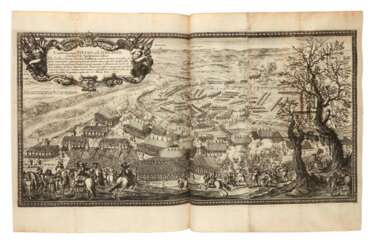

![William Simpson | The seat of the war in the East [first and second series]. London, 1855-1856, 2 volumes, deluxe hand-coloured edition](/assets/image/picture_3553114/1f25a/lpwgbzlbdjeizge5qgkdwkegipzhw9zqdtyv4jqwbm2xkfgtdbwgohjts8wvy5y21699098650jpg__fix_374_244.jpeg)
![William Simpson | The seat of the war in the East [first and second series]. London, 1855-1856, 2 volumes, deluxe hand-coloured edition](https://veryimportantlot.com/assets/image/picture_3553114/1f25a/lpwgbzlbdjeizge5qgkdwkegipzhw9zqdtyv4jqwbm2xkfgtdbwgohjts8wvy5y21699098650jpg__fix_374_244.jpeg)
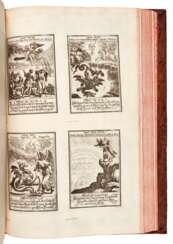

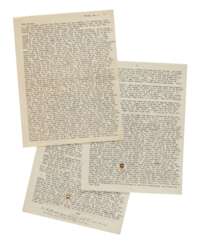

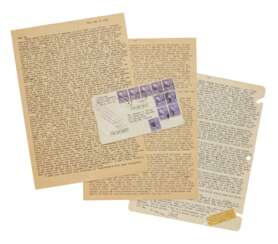



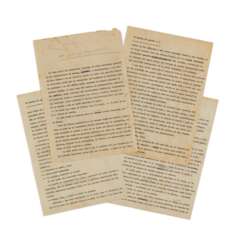



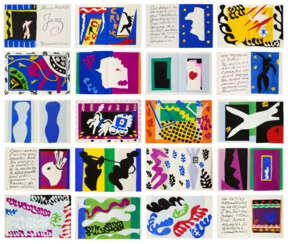

![[DELEGORGUE-CORDIER].](/assets/image/picture_2735083/96e91/675bfaf9891eda52c4ecba57a6aef8221679526000jpg__fix_374_244.jpeg)
![[DELEGORGUE-CORDIER].](https://veryimportantlot.com/assets/image/picture_2735083/96e91/675bfaf9891eda52c4ecba57a6aef8221679526000jpg__fix_374_244.jpeg)






